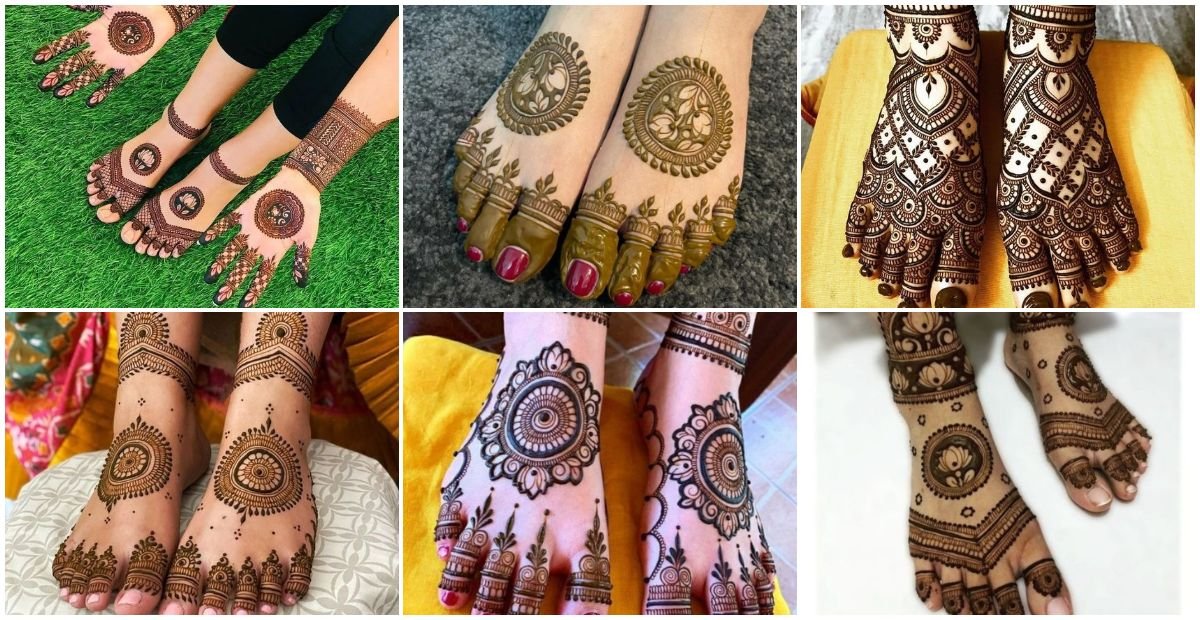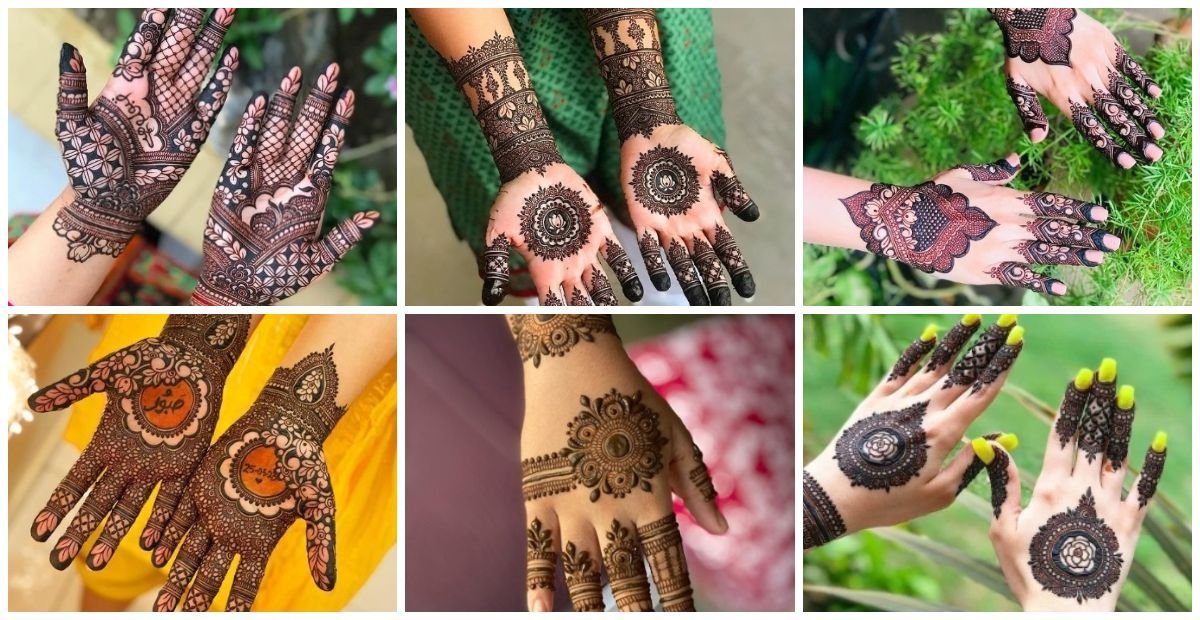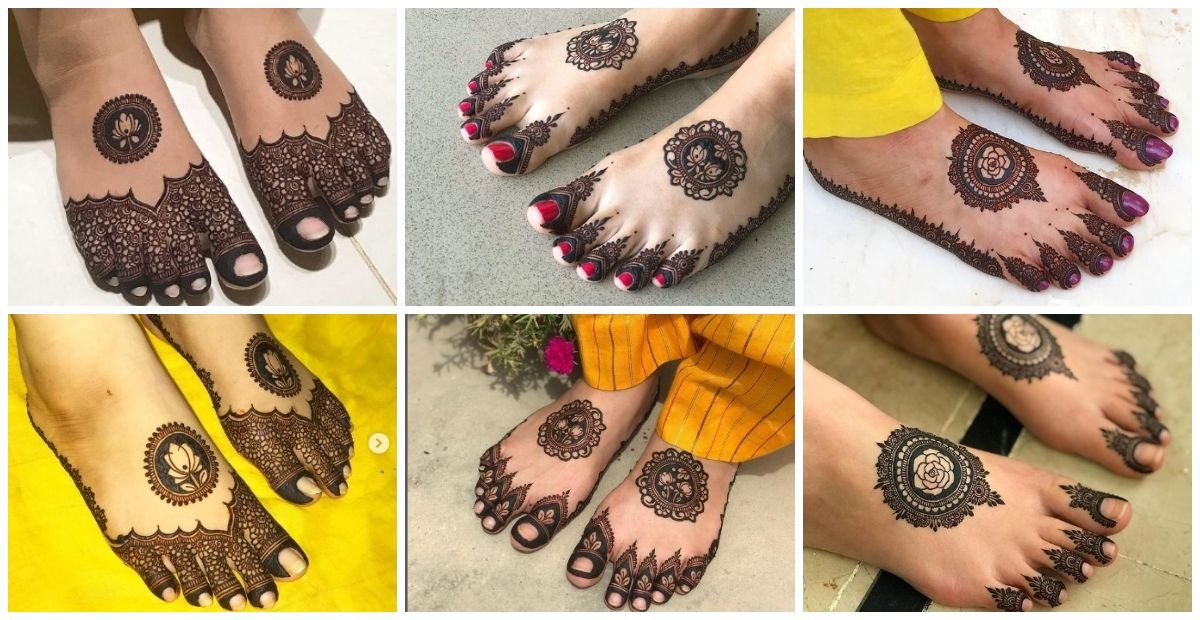Leg mehndi design, also known as henna, is an ancient form of body art that has been cherished across cultures for centuries. While it’s commonly associated with adorning hands and palms, leg mehndi design is gaining popularity for its intricate patterns and striking aesthetics. In this article, we delve into the world of leg mehndi design, exploring its historical significance, evolution, popular motifs, application techniques, cultural relevance, and much more.
Leg Mehndi Design: Enhancing Beauty with Timeless Art
Mehndi holds a significant place in various cultures and traditions worldwide. Its origins can be traced back to ancient Egypt and India, where it was used for medicinal, cooling, and decorative purposes. Over time, mehndi became an integral part of cultural ceremonies, symbolizing auspiciousness, joy, and celebration.
Evolution of Leg Mehndi Designs
Traditional Motifs
Traditional leg mehndi designs often feature intricate floral patterns, paisleys, peacocks, and geometric shapes. These designs are deeply rooted in cultural symbolism and often hold personal meanings for the wearer.
Modern Trends
In recent years, leg mehndi designs have witnessed a fusion of traditional and contemporary elements. From minimalist designs to bold, avant-garde motifs, there’s a wide array of styles to choose from. Modern trends incorporate influences from fashion, art, and global cultures, resulting in innovative and eclectic designs.
Popular Leg Mehndi Designs
Floral Patterns
Floral motifs are timeless classics in leg mehndi design. Delicate roses, intricate vines, and blooming lotuses are among the popular choices, symbolizing beauty, femininity, and vitality.
Geometric Designs
Geometric patterns add a contemporary edge to leg mehndi, featuring symmetrical shapes, lines, and intricate details. These designs exude elegance and sophistication, making them ideal for both casual and formal occasions.
Peacock Motifs
The peacock is a symbol of grace, beauty, and royalty in many cultures. Peacock-inspired leg mehndi designs often showcase intricate feathers, swirls, and motifs, creating a mesmerizing and regal look.
Tips for Choosing the Right Leg Mehndi Design
When selecting a leg mehndi design, consider the occasion, your personal style preferences, and the complexity of the design. Whether you opt for a traditional motif or a contemporary fusion, ensure that it complements your outfit and enhances your overall look.















Leg mehndi design is a timeless art form that transcends cultural boundaries, celebrating beauty, tradition, and creativity. Whether it’s for a wedding, festival, or personal expression, leg mehndi adds an enchanting touch to any occasion, leaving a lasting impression on both the wearer and the beholder.
Unique FAQs
- Can anyone apply leg mehndi, or do you need special skills?
- While basic mehndi application can be learned with practice, intricate designs may require professional expertise for precision and detail.
- How long does leg mehndi typically last?
- Leg mehndi can last anywhere from one to three weeks, depending on factors such as skin type, application technique, and aftercare.
- Can I shower after applying leg mehndi?
- It’s advisable to avoid showering or exposing the mehndi to water for at least 12 hours after application to allow the dye to set and deepen in color.
- What should I do if my leg mehndi starts to fade prematurely?
- To prolong the longevity of your leg mehndi, gently apply a mixture of sugar and lemon juice over the design and avoid activities that may cause friction or smudging.
- Are there any cultural taboos or superstitions associated with leg mehndi?
- In some cultures, it’s believed that darker mehndi stains signify a stronger bond between the bride and groom, while others view mehndi as a symbol of protection against evil spirits.






